5 Movie Adaptations That Completely Missed The Point
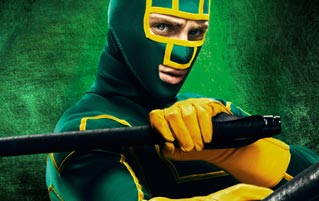
When a book gets popular enough, the author may get to see their vision reenacted on a giant screen by attractive people with bizarrely perfect teeth. What could be cooler than that? Well, for starters, it might be "cool" if the adaptation didn't completely reverse the point the writer was trying to make in the first place. But that happens. Often. Hey, here's to all the creatives who got screwed by Hollywood, and only got millions and millions of dollars in return.
In The Comic, Wanted's Hero Was A Mass-Murdering Rapist
Wesley Gibson has a crappy life, a crappy job, and a crappy girlfriend who cheats on him with his crappy best friend. Then he meets a woman named Fox, who reveals that his absent father was a member of "The Fraternity," an ancient order of assassins with a noble mission, and that Wesley is set to inherit his dad's place. Wesley proceeds to grow a pair, kill the corrupt leader of his organization, and take control of his life. Perhaps most impressively, he slaps the shit out of Chris Pratt.

Cracked exclusive sneak peak of Professor X v. Star-Lord.
But In The Original ...
Wanted the comic book, by Mark Millar, is about a gang of supervillains who secretly rule the world. The Wesley character starts off in the same place as his cinematic counterpart -- same life, job, girlfriend, etc. -- but instead of simply yelling at his boss and tennis-serving a guy with a keyboard, he starts murdering everyone who ever wronged him. From former teachers to girls who rejected him to just ... random people who looked at him funny.
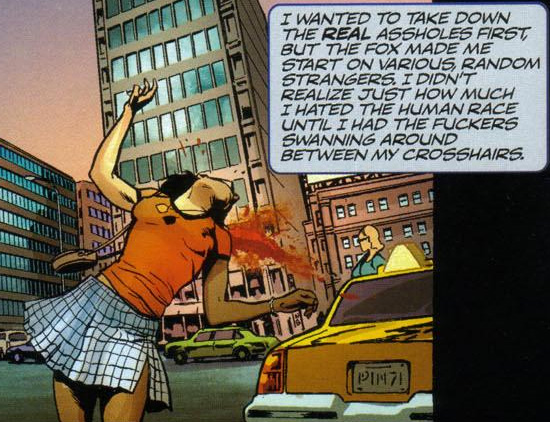
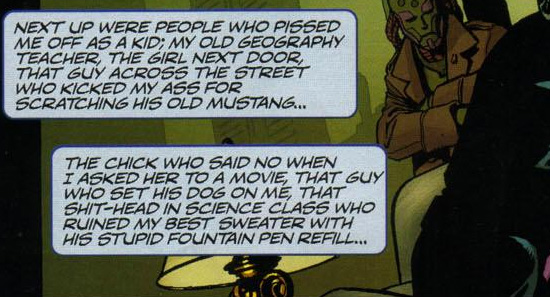
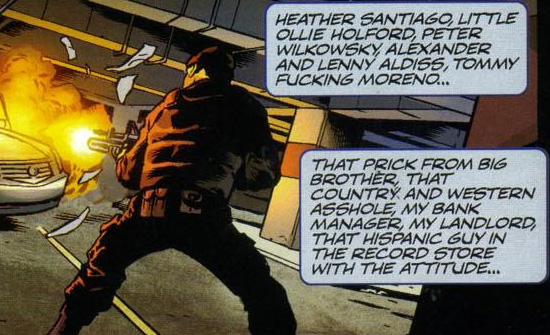
"Next is that motherfucker who keeps spoiling Game Of Thrones."
Presumably to ensure that only complete sociopaths could sympathize with this character, Wesley then rapes "an A-list celebrity" (we're gonna say ... Steve Buscemi?), which his pals at the Fraternity immediately cover up. Sure, there are some bigger, badder villains whom Wesley and Fox need to take down, but that doesn't make him any less of a murdering rapist.
In TheHigh school comic geek Dave Lizewski makes his daydreams into reality by becoming the real-life superhero Kick-Ass. Dave's new identity grants him confidence, a girlfriend, a full set of abs (collect them all!), and overall turns him into the hero he always wanted to be.
Along with getting him a goddamn rocket pack.
But In The Original ...
Kick-Ass is based on another Mark Millar comic, and there's something really wrong with that guy's brain. In the comic, Dave is a sad sack who becomes a superhero, sure -- not so much because he wants to make the world a better place, but because his life sucks. Both Comic Book Dave and Movie Dave pretend to be gay to get close to the girl they have a crush on, then come clean to her. In the movie, she returns his feelings and they hook up. In the comic, she has a much more realistic reaction: She tells her boyfriend, and he punches Dave in his "nice-guy" face.
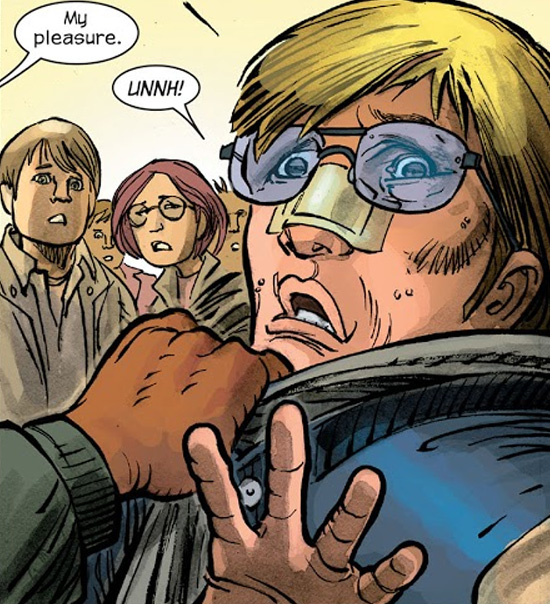
Then she texts Dave a pic of her blowing said boyfriend ... which he masturbates to ... sad and alone ... KICK-ASS!
Then there's Big Daddy (Nicolas Cage's Batman-esque character). Big Daddy wasn't actually a cop who lost his wife to the mob; that was just the story he gave to anyone who asked. He was a regular accountant trapped in a failing marriage, so he ran away with his baby daughter. He raised her to be a mentally unbalanced killer, all so they can play superhero together. Seriously, Big Daddy does such a number on Hit Girl that even after he dies, she has visions of him that encourage her to kill people.
The entire point of the comic is that real-life "superheroes" would all be lonely, broken individuals who would invariably end up worse off than they started if they gave in to the delusion.
Death Wish Turns An Anti-Vigilante Book Into A Pro-Vigilante Movie
Paul Kersey (Charles Bronson), a New York liberal, reconsiders his position on guns after junkies murder his wife and rape his daughter. He also reconsiders his position on murdering punks (he's pro now, very pro). Eventually, Paul's actions catch the attention of the police, and he becomes the subject of a manhunt. Fortunately, the cops are like "Eh, you're all right" and pretty much let him get away with killing people for four more freaking movies.
But In The Original ...
In the novel, Kersey is a paranoid nutjob who is clearly a much bigger threat to society than the saps he murders. Instead of valiantly intervening during violent crimes to save innocent lives, he goes around shooting petty criminals, like a guy robbing a passed-out drunk or two 17-year-olds stealing from a car. At one point, he nearly kills two young guys in the subway not because he saw them commit a crime, but because they look like the type who would.
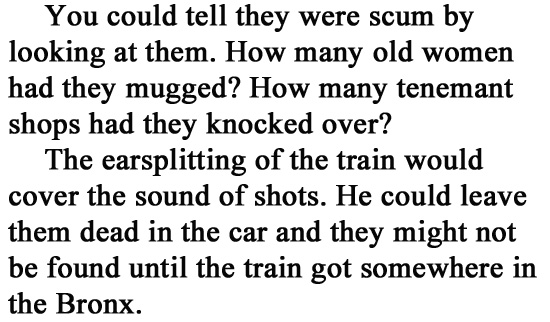

In the book, Paul is an anxious everyman who needs to get close to his target to hit them. In the movie, he's a stone-cold superhero who could snipe the eyes out of a squirrel a hundred feet away. (The squirrel was probably selling drugs to kids, anyway.)
By the end of the novel, the human personification of Fox News programming is attacking teenagers because he doesn't the way they're dressed. In a 2008 interview, the author flat-out says, "The point of the novel Death Wish is that vigilantism is an attractive fantasy but it only makes things worse in reality." The makers of the movie stopped after "vigilantism is an attractive fantasy" and ran with it.
Major William Cage (Tom Cruise) gets stuck in a Phil-Connors-esque time loop after being splashed with the blood of an alien invader. He meets and falls in love with Rita (Emily Blunt), a former time-looper who trains him to take down the leader of the aliens and end the war. Also they both wear robot suits, because it's the future. We better all have robot suits for everything. Cage eventually loses his Bill Murray powers, but kills the final boss anyway ... at the cost of his and Rita's lives. However, since he takes a dip in a pool of alien blood on his way out, Cage awakens days earlier to find the war over, and runs off to meet Rita for the first time again. Hooray!
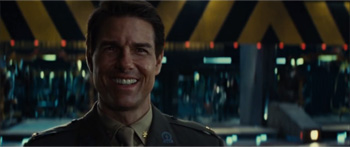
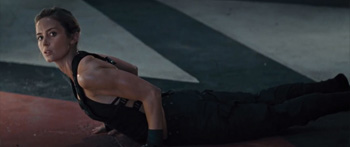
For some reason, the reunion is filmed like a pervy guy walking in on a yoga class.
But In The Original ...
Edge of Tomorrow is based on a Japanese novel with an even more nonsensical name: All You Need is Kill. In the book, it's explained that "Cage" (Keiji) and "Rita" (Rita ... but, like, in Japanese) have become "antennae" for the aliens -- meaning that as long as both are alive, the invaders can loop back in time whenever they lose a battle, like your dickhead cousin who keeps resetting the Nintendo whenever he's losing in Mario Kart.
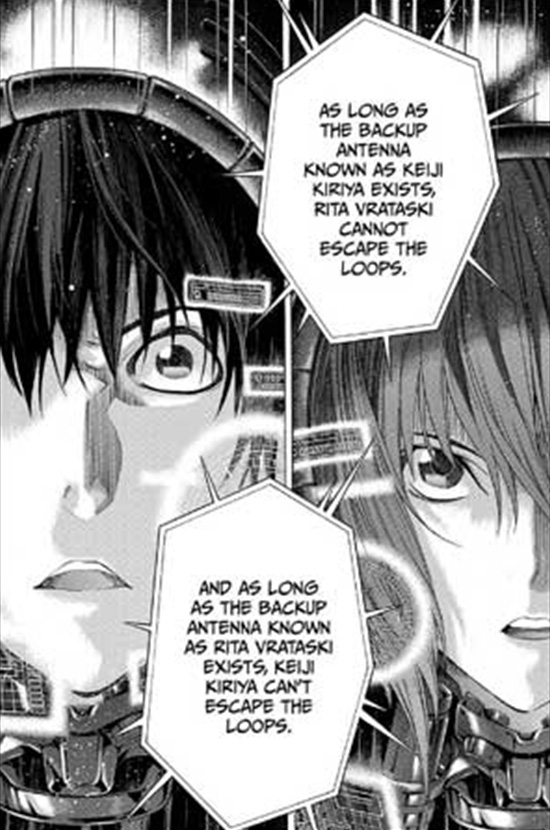
O.J. briefly considered using this defense before going with the glove thing.
Realizing that the only way to win is for one of them to die, Rita attacks Keiji, forcing him to kill her. When he does, the cycle is broken and Keiji is able to repel the remaining aliens. And that's the whole point of the story: Every victory comes with a cost. Rita had to watch a close friend die to end her loops, and now it's Keiji's turn to lose her. Whether you're in the trenches of WWI or fighting tentacle monsters from outer space, winning a war always means some people are going to fall in the process.
Unless you're in a Tom Cruise flick. The movie simply brings everyone back through the magic of alien blood bukkake, meaning that Cage's victory comes at no personal cost. Keiji learns that you can't win without sacrifice. Cage learns that if you don't succeed at war, you can just try, try again.
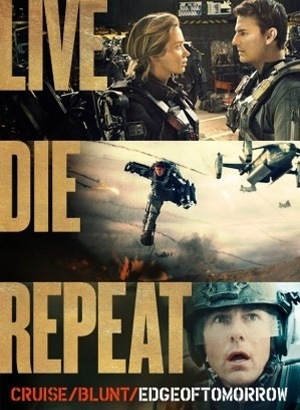
Same goes for marketing.
Breakfast At Tiffany's Straightens Out A Gay Character To Make It A Romance
Holly Golightly (Audrey Hepburn) moves into the same apartment building as writer Paul Varjack. (One of the guys from The A-Team. No, not that guy, the other guy. No, not that other guy, the other other guy.) They fall in love, but Holly is afraid to give up her party girl lifestyle and gets cold feet. Holly is later arrested for her connections to a mob boss and plans to flee the country, but Paul stops her and they kiss in the rain, thus creating all Nicholas Sparks movies.

And crushing a cat, it seems.
But In The Original ...
The novella doesn't have a romantic subplot. In fact, the unnamed narrator ("Paul" in the movie) probably doesn't even like women. He's a thinly disguised version of the book's author, Truman Capote -- aka one of the most famous gay men of the 20th century.

And someone who definitely didn't love Audrey Hepburn.
Besides having the same job and birthday as Capote, there's a scene in a party in which the narrator expresses that he has no interest in either horses or baseball. Later, Holly states: "If a man doesn't like baseball, then he must like horses, and if he doesn't like either of them, well, I'm in trouble anyway: he don't like girls." The narrator doesn't disagree. Yes, this was the most direct way you could tell readers a character was gay back in 1958.
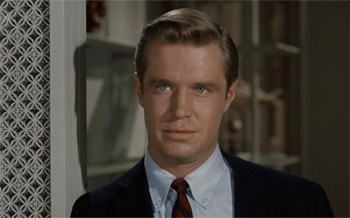
Other than constantly mentioning his "roommate."
"Paul" is not a lover, but a surrogate brother to Holly ... which is why (in both versions) she calls him Fred, after her real brother. On a side note, that's much less creepy when their relationship is purely platonic. The film changes their friendship to romance for the sake of a Hollywood happy ending, because showing the two drinking mimosas in their pajamas apparently wasn't dramatic enough.
For more works that Hollywood butchered to make a buck, check out 29 Movie Adaptations That Left Out the Best Parts and 7 Awful Movie Versions Of Books That Deserve A Second Try.
Subscribe to our YouTube channel, and check out 7 Movies That Didn't Realize They Were Remakes, and other videos you won't see on the site!
Follow us on Facebook, and we'll follow you everywhere.
Imagine being trapped aboard the doomed Titanic on an icy Atlantic. . . with the walking dead. Check out Chris Pauls and Matt Solomon's Deck Z: The Titanic.

